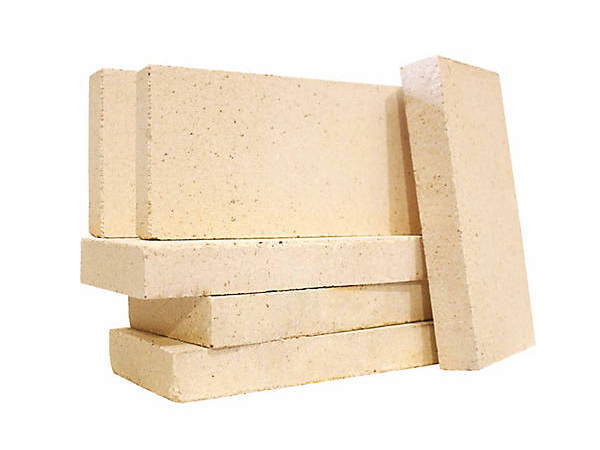Characteristics And History Of Refractory Bricks
Refractory bricks are a type of building material that is used in high-temperature environments, such as in furnaces, kilns, and fireplaces. These bricks are made from refractory ceramics, which can withstand temperatures above 1,000 degrees Celsius without losing their structural integrity. This makes them an essential component in many industrial processes and applications.
The history of refractory bricks can be traced back to ancient civilizations, where they were used in the construction of furnaces for smelting metals and firing pottery. In the 19th and 20th centuries, the use of refractory bricks became more widespread as industrialization increased the demand for high-temperature materials. Today, heat resistant bricks are a key component in many industries, including steel production, glass manufacturing, and cement production.


Advantages Of Refractory Bricks
The main advantage of fire-resistant bricks is their ability to withstand high temperatures without degrading or losing their strength. This makes them an ideal material for applications where heat resistance is critical, such as in furnaces, kilns, and fireplaces. In addition to their heat resistance, refractory bricks also have good thermal shock resistance, meaning that they can withstand sudden changes in temperature without cracking or breaking. This makes them a versatile building material that can be used in a wide range of applications.
Types Of Refractory Bricks
The main types of refractory bricks are fireclay bricks, high-alumina bricks, and silicon carbide bricks. Fireclay bricks are made from a mixture of fireclay and other refractory materials, such as alumina and silica. These bricks have good resistance to heat and corrosion and are often used in applications such as furnace linings and fireplaces. High-alumina bricks are made from a mixture of alumina and other refractory materials, such as silica and magnesia. These bricks have an extremely high resistance to heat and are often used in applications such as furnace linings and kiln furniture. Silicon carbide bricks are made from a mixture of silicon carbide and other refractory materials, such as alumina and carbon. These bricks have an extremely high resistance to heat and are often used in applications such as furnace linings and heating elements.
In addition to the main types of fireproof bricks, several subtypes are designed for specific applications. For example, there are insulating fire rated bricks, which are made from lightweight materials and are used to reduce heat loss in furnaces and kilns. There are also magnesia bricks, which are made from a mixture of magnesia and other refractory materials, and are used in applications such as furnace linings and heating elements. And there are chromium bricks, which are made from a mixture of chromium and other refractory materials, and are used in applications such as furnace linings and heating elements.


The Process Of Making Refractory Bricks
The process of making heatproof bricks involves mixing the raw materials, forming the bricks, drying the bricks, and firing the bricks. The raw materials used in the production of fire rated bricks include refractory clays, alumina, silica, magnesia, and other materials. These materials are mixed in a large mixer to form a homogenous mixture. The mixture is then formed into the desired shape using a mold or press, and the bricks are allowed to dry for several days.
Once the bricks are dry, they are fired in a kiln at a high temperature, typically between 1,400 and 1,800 degrees Celsius. This firing process helps to remove moisture from the bricks and to improve their heat resistance and strength. After firing, the bricks are cooled and inspected for quality before being packaged and shipped to customers.
Summary
As a manufacturer of firebrick, PER Refractories has implemented processes and procedures to reduce your impact on the environment. This may include using sustainable materials, recycling waste, and implementing energy efficient manufacturing processes. By demonstrating PER’s commitment to sustainability, we can attract environmentally conscious customers who are looking for products that are consistent with their values.
PER Refractory Brick Manufacturing offers high quality, durable bricks of all sizes and compositions, excellent customer service, and a commitment to sustainability. These advantages can help PER Refractories stand out from our competitors and make us an attractive choice for customers who need fire rated bricks.
